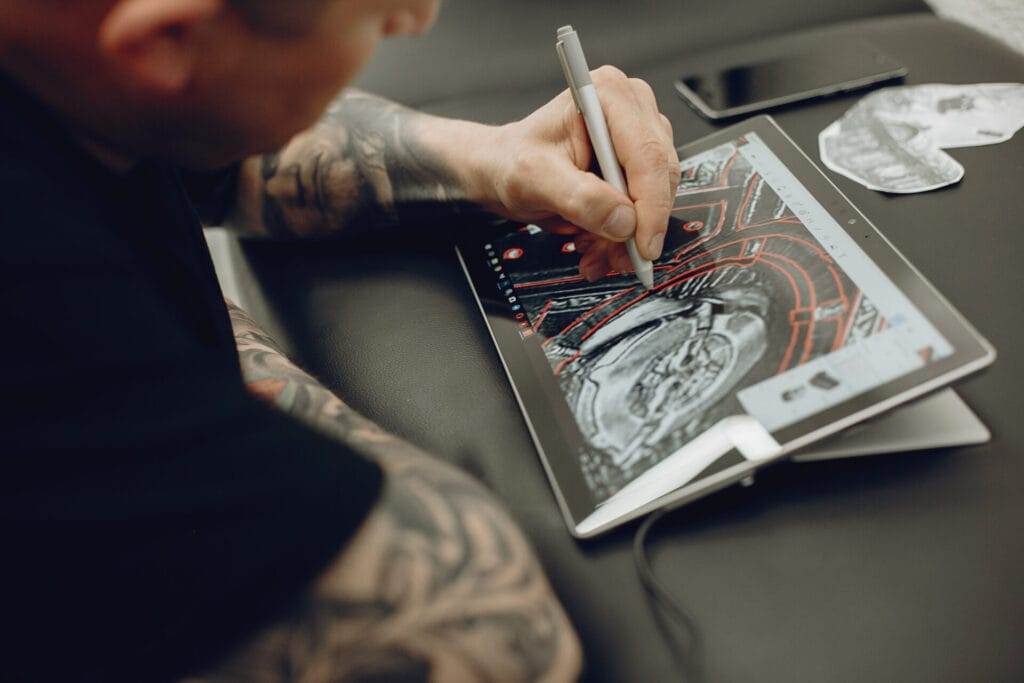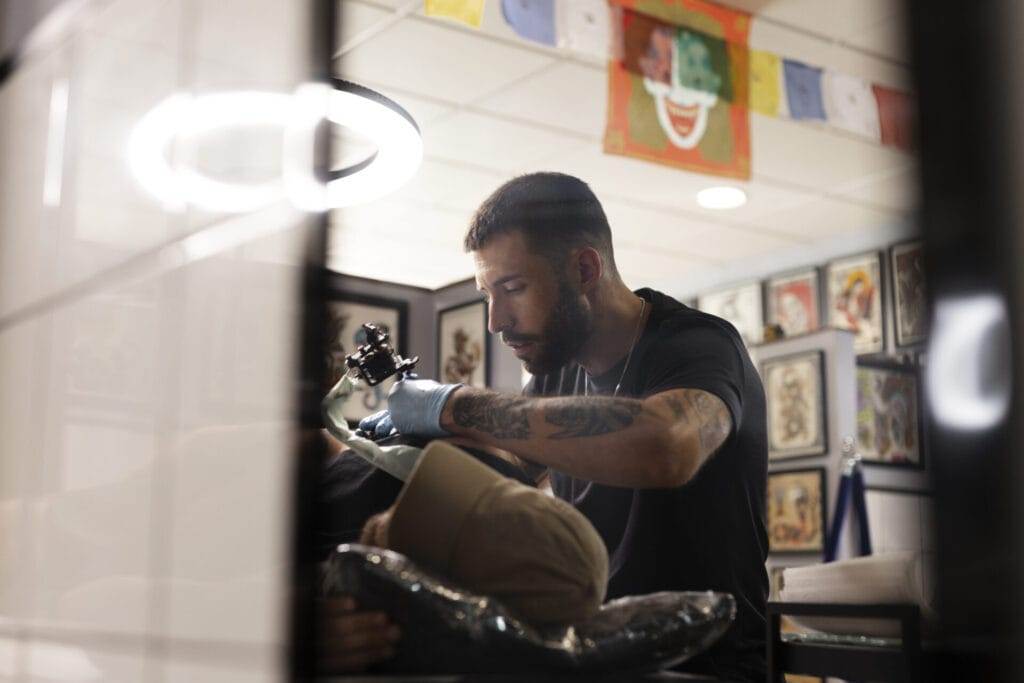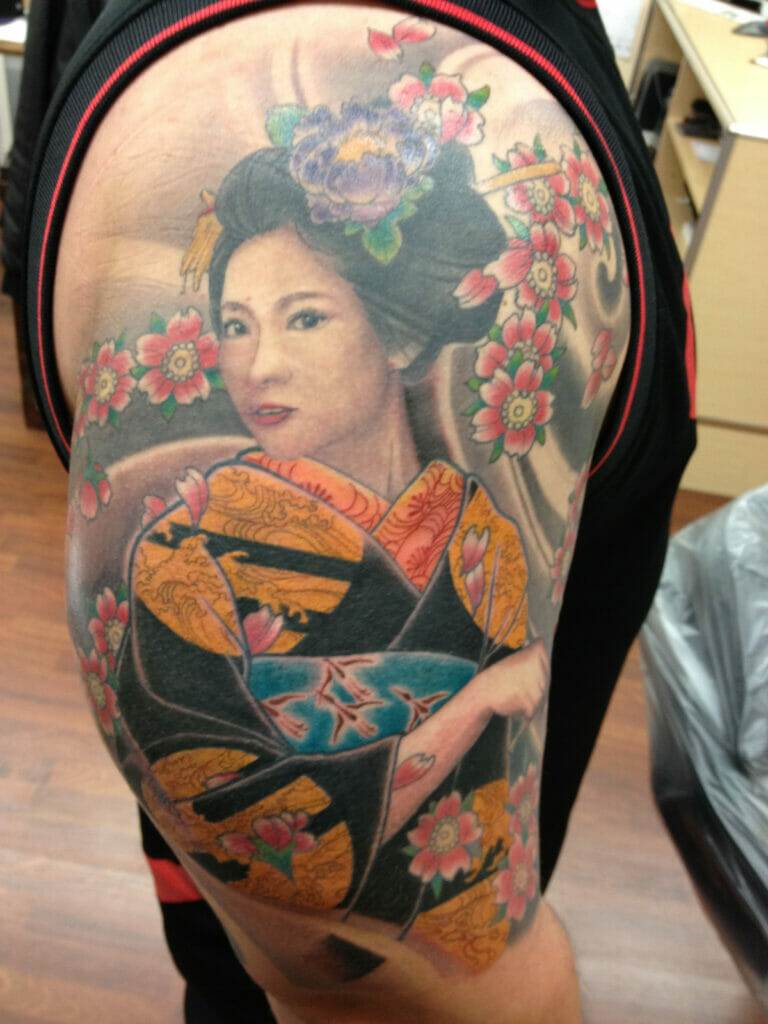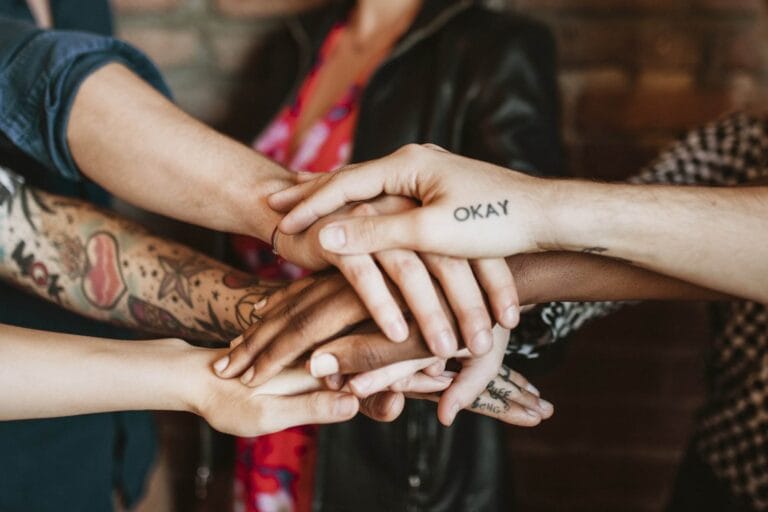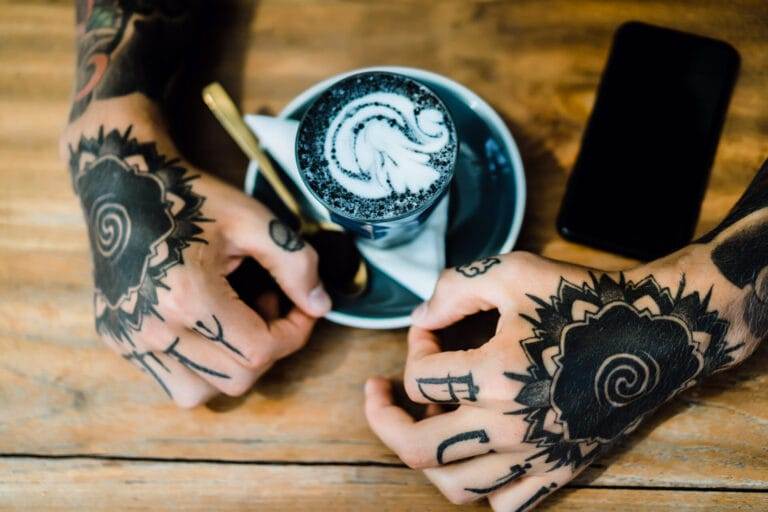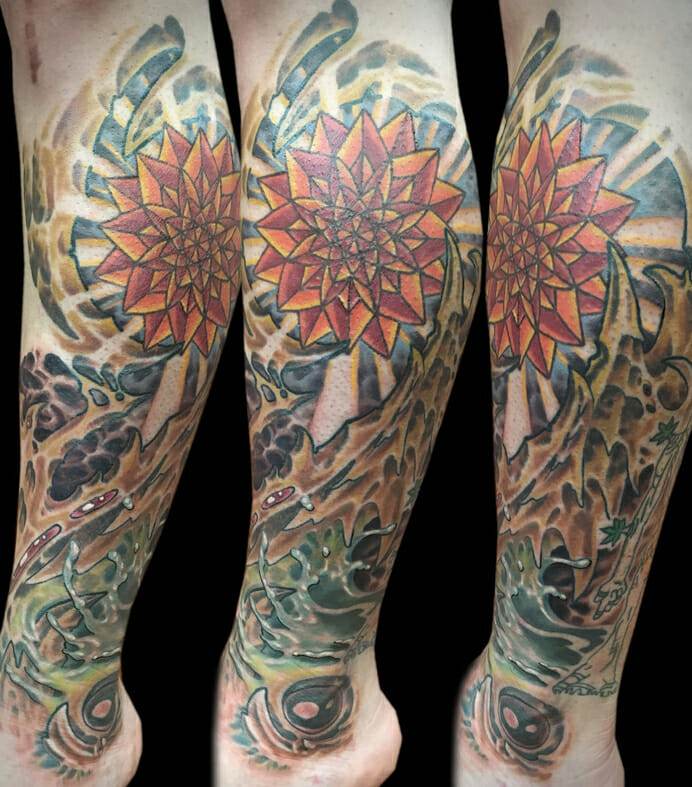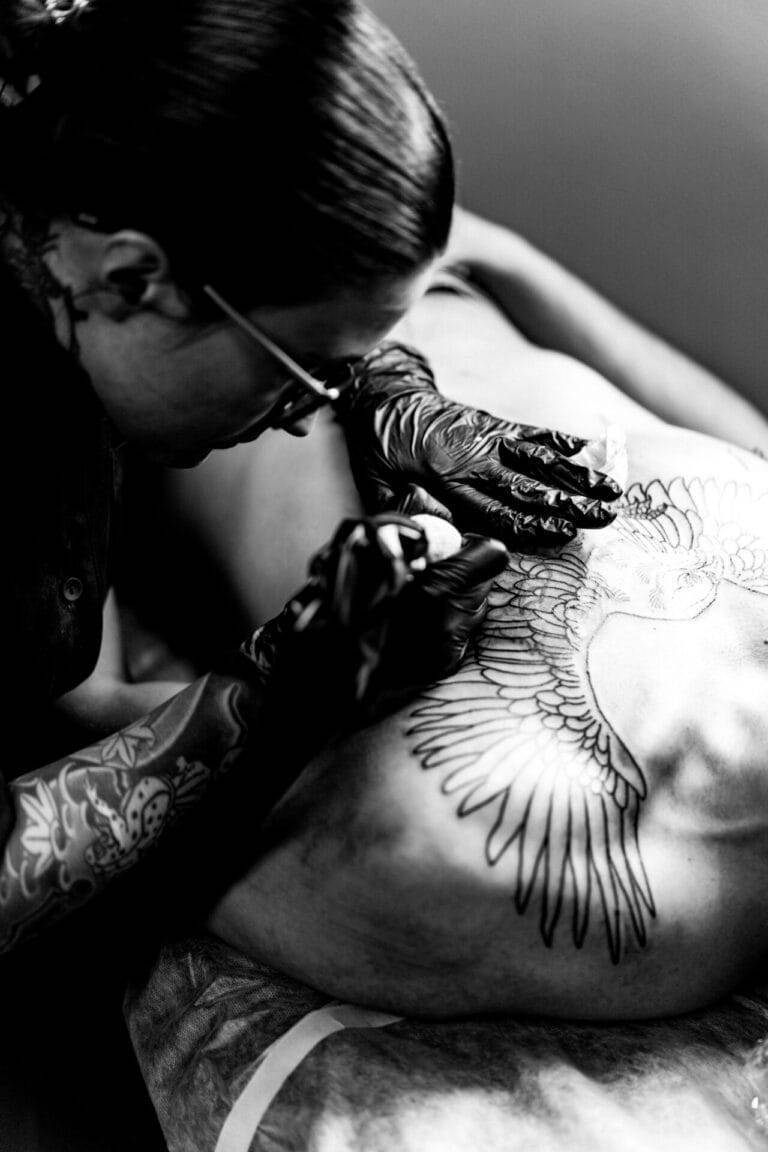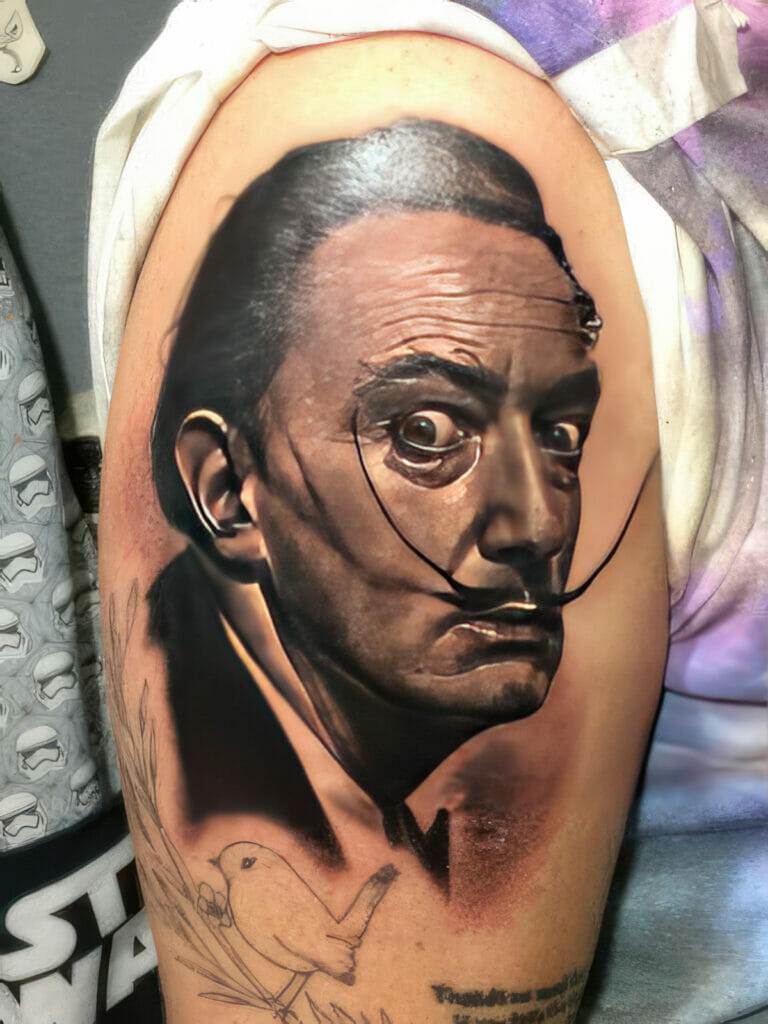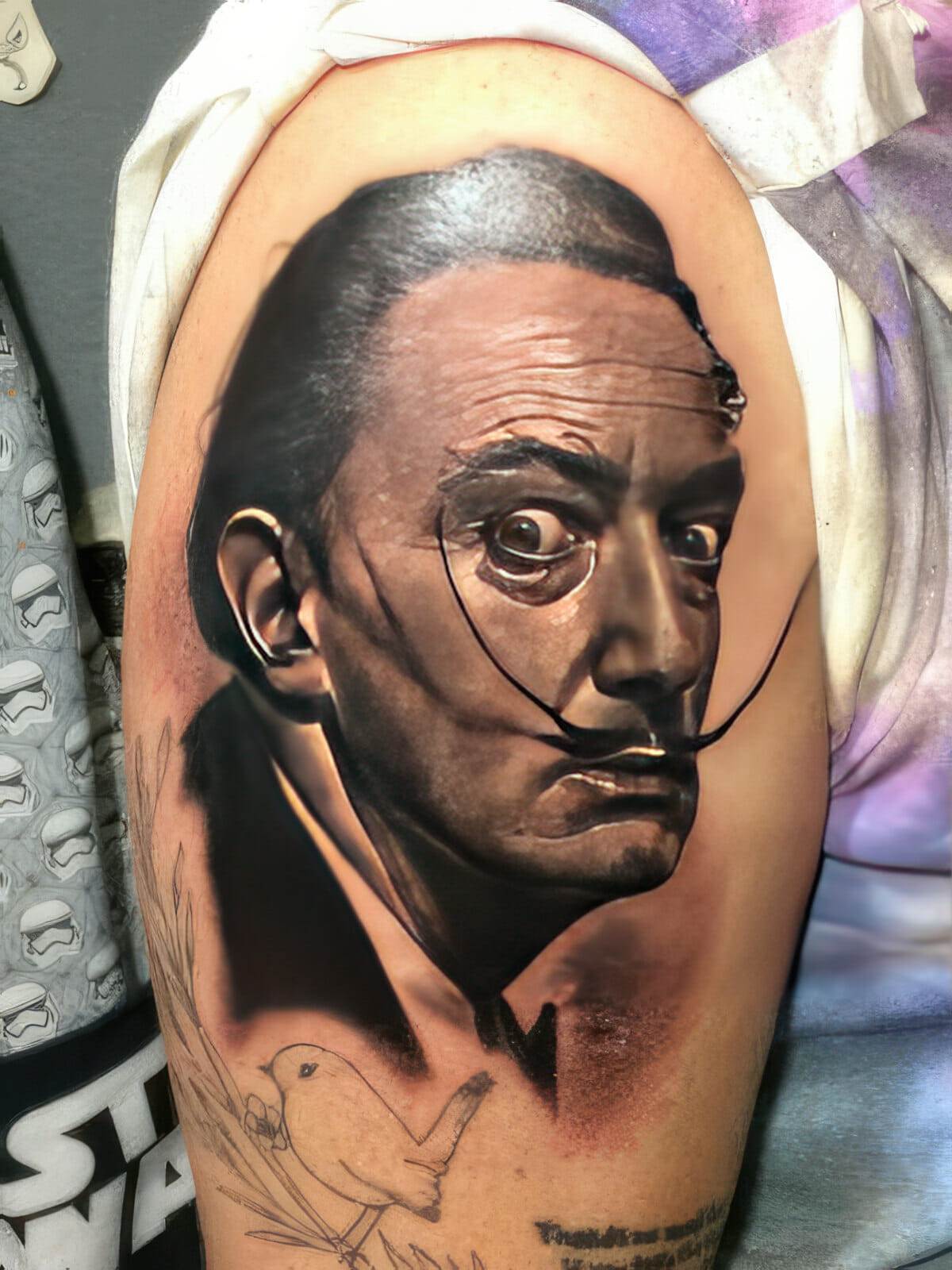
Tattoo portraits have become increasingly popular in recent years, as more and more people are getting tattoos as a form of self-expression and art. Tattoo art is a unique and beautiful form of body art that deserves to be celebrated and captured through photography. In this blog post, we will explore the importance of capturing the beauty of tattoo art, the unique characteristics of tattoo portraits, and provide tips and techniques for photographing tattoos.
The Importance of Capturing the Beauty of Tattoo Art
Tattoo art is important because it allows individuals to express themselves in a permanent and artistic way. Tattoos can hold deep personal meanings, tell stories, or simply be a form of self-expression. By capturing the beauty of tattoo art through photography, we are able to preserve these meaningful pieces of art and celebrate the individuals who wear them.
Photography allows us to capture the intricate details, vibrant colors, and unique textures of tattoo art. It provides a way to showcase the skill and talent of tattoo artists, as well as the individuality and creativity of those who choose to get tattoos. Through photography, we can document and appreciate the artistry that goes into creating these beautiful works of body art.
Understanding the Unique Characteristics of Tattoo Portraits
Photographing tattoos presents its own set of challenges. Tattoos are three-dimensional objects that are on a curved surface, which can make it difficult to capture all the details accurately. Additionally, tattoos can have different textures and colors that may not always translate well in photographs.
To overcome these challenges, it is important to use proper lighting techniques and choose the right camera equipment. Lighting plays a crucial role in capturing the texture and color of tattoos. Natural light can be used to create soft and even lighting, while artificial light can be used to highlight specific areas or create dramatic effects.
When photographing tattoos, it is important to focus on capturing the details and intricacies of the tattoo. This can be achieved by using macro photography techniques, which allow you to get up close and capture the fine details of the tattoo. By focusing on the details, you can truly showcase the artistry and skill that goes into creating a tattoo.
Choosing the Right Camera and Equipment for Tattoo Photography
When it comes to choosing the right camera for tattoo photography, there are a few factors to consider. Firstly, it is important to choose a camera that has good low-light performance, as tattoos are often photographed in dimly lit environments. A camera with a high ISO range and good noise reduction capabilities will help you capture clear and sharp images in low-light conditions.
In terms of lenses, a macro lens is essential for capturing the details of tattoos. Macro lenses allow you to get up close and capture the fine details of the tattoo, such as the shading and line work. Additionally, a wide-angle lens can be useful for capturing full-body shots or larger tattoos.
Other equipment that can be useful for tattoo photography includes a tripod, which will help stabilize your camera and prevent any blurring or shaking. Filters can also be used to enhance the colors and contrast of your images, such as a polarizing filter to reduce glare or a color-enhancing filter to make the colors of the tattoo pop.
Lighting Techniques for Tattoo Portraits: Tips and Tricks
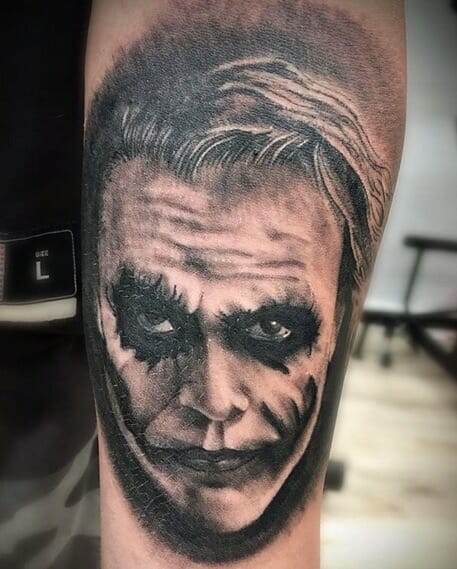
Lighting is one of the most important aspects of tattoo photography. It can make or break your images, so it is important to understand how to use light effectively. When photographing tattoos, it is important to use soft and even lighting to capture the texture and color accurately.
Natural light can be used to create soft and diffused lighting. This can be achieved by shooting near a window or in an outdoor location with indirect sunlight. If shooting indoors, you can use reflectors or diffusers to soften the light and create a more flattering effect.
Artificial light can also be used to create different effects and highlight specific areas of the tattoo. This can be achieved by using studio lights or off-camera flash. By experimenting with different lighting setups and techniques, you can create unique and visually interesting images of tattoos.
The Art of Composition: Framing Your Tattoo Portraits
Composition is an important aspect of any type of photography, including tattoo portraits. It is the way in which you arrange the elements within your frame to create a visually pleasing image. When it comes to tattoo photography, there are a few composition techniques that can help you create compelling images.
One technique is the rule of thirds, which involves dividing your frame into a grid of nine equal sections and placing your subject along the lines or at the intersections. This creates a more balanced and visually interesting composition. Another technique is leading lines, which involves using lines within your frame to lead the viewer’s eye towards the tattoo.
When framing your shots, it is important to consider the placement of the tattoo within the frame. You want to make sure that the tattoo is the main focus of the image and that it is not cut off or obscured by other elements. By carefully considering your composition, you can create visually striking images that showcase the beauty of the tattoo.
Capturing the Details: Macro Photography for Tattoo Portraits
As mentioned earlier, capturing the details of a tattoo is an important aspect of tattoo photography. Macro photography allows you to get up close and capture the fine details of the tattoo, such as the shading, line work, and texture.
To capture detailed images of tattoos, it is important to use a macro lens. Macro lenses have a close focusing distance, allowing you to get up close to your subject and capture fine details. Additionally, using a tripod can help stabilize your camera and prevent any blurring or shaking when shooting in macro mode.
When shooting in macro mode, it is important to use a small aperture to ensure that the entire tattoo is in focus. This can be achieved by using a high f-stop, such as f/16 or higher. By using a small aperture, you can ensure that all the details of the tattoo are sharp and in focus.
Working with Models: Tips for Directing and Posing Tattooed Subjects
When photographing tattooed subjects, it is important to work closely with them to ensure that you capture their tattoos in the best possible way. Communication is key when working with models, as you want to make sure that they feel comfortable and confident during the shoot.
Before the shoot, it is important to discuss with the model what they want to achieve with the images and what their expectations are. This will help you understand their vision and ensure that you capture their tattoos in a way that aligns with their goals.
During the shoot, it is important to direct and pose the model in a way that showcases their tattoos. This can involve positioning their body in a way that highlights the tattoo or using props or accessories that complement the tattoo. By working closely with the model, you can create images that truly showcase their tattoos and their individuality.
Post-Processing Techniques for Enhancing Tattoo Portraits
Post-processing is an important step in tattoo photography, as it allows you to enhance your images and bring out the details of the tattoo. Software such as Photoshop can be used to adjust the exposure, contrast, and colors of your images.
When post-processing your tattoo portraits, it is important to be subtle and not overdo it. You want to enhance the colors and details of the tattoo without making it look unnatural or overly edited. This can be achieved by adjusting the levels or curves, increasing the saturation or vibrance, and sharpening the image.
Additionally, you can use selective editing techniques to enhance specific areas of the tattoo. This can be achieved by using adjustment layers or masks to target specific areas and make adjustments only to those areas. By selectively editing your images, you can create a more polished and professional look.
Building Your Portfolio: Showcasing Your Tattoo Photography
Building a portfolio of your tattoo photography is important if you want to showcase your work and attract potential clients. Your portfolio should showcase a variety of tattoo portraits that highlight your skills and style as a photographer.
When building your portfolio, it is important to curate your images and only include your best work. You want to showcase a range of different tattoos, styles, and subjects to demonstrate your versatility as a photographer. Additionally, it is important to include images that show the details and intricacies of the tattoos, as well as full-body shots or larger tattoos.
In terms of showcasing your work, there are several options available. You can create an online portfolio on platforms such as Behance or Instagram, where you can share your images with a wider audience. Additionally, you can print your images and create a physical portfolio that you can bring to meetings or events.
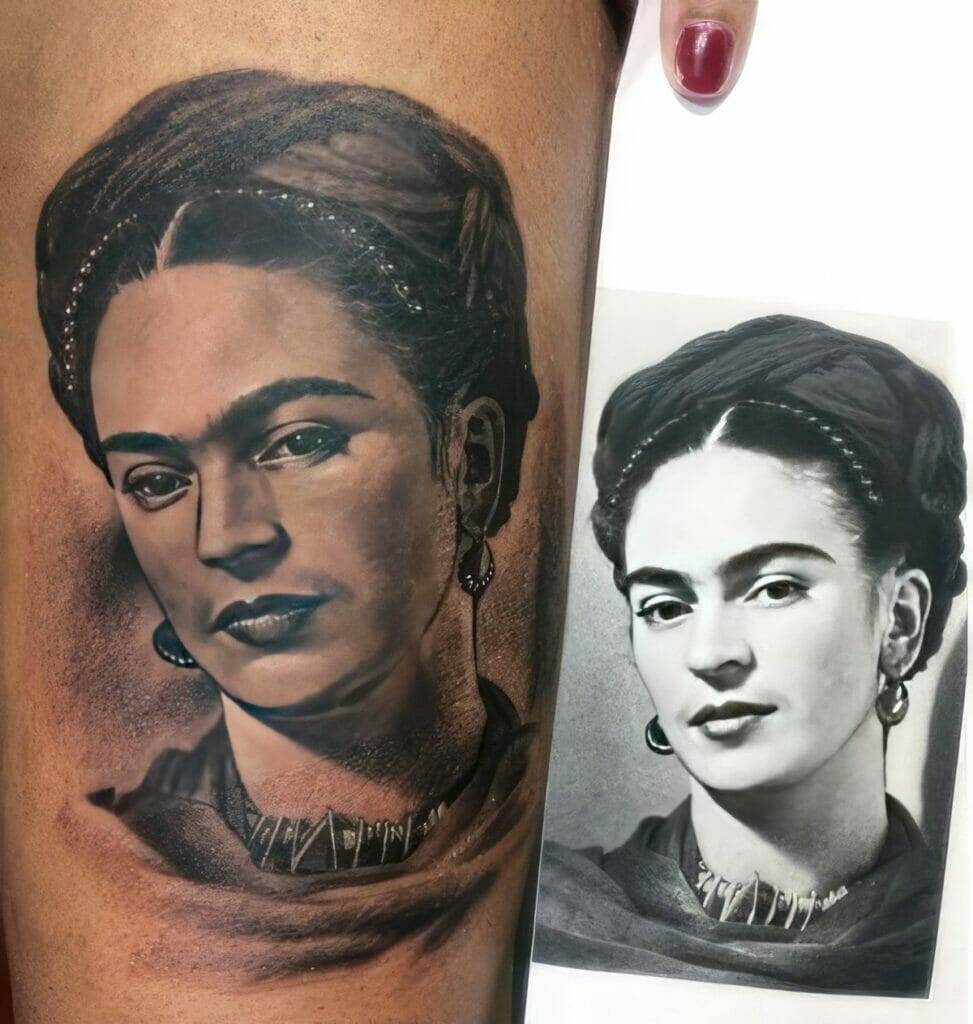
Celebrating the Beauty of Tattoo Art through Photography
In conclusion, tattoo portraits are an important way to celebrate the beauty of tattoo art and capture the individuality and creativity of those who wear them. Through photography, we can preserve and showcase the intricate details, vibrant colors, and unique textures of tattoo art.
By understanding the unique characteristics of tattoo portraits and using the right camera equipment, lighting techniques, and composition techniques, we can create visually striking images that truly capture the beauty of tattoos. Additionally, by working closely with models and using post-processing techniques, we can enhance our images and bring out the details of the tattoo.
Building a portfolio of our tattoo photography allows us to showcase our work and attract potential clients. Whether online or offline, our portfolio should showcase a range of different tattoos and styles that highlight our skills and style as a photographer.
In the end, tattoo photography is a way to celebrate and appreciate the artistry and skill that goes into creating tattoo art. It allows us to capture and preserve these meaningful pieces of art and showcase the individuals who wear them. Through photography, we can celebrate the beauty of tattoo art and the individuals who choose to express themselves through tattoos.

